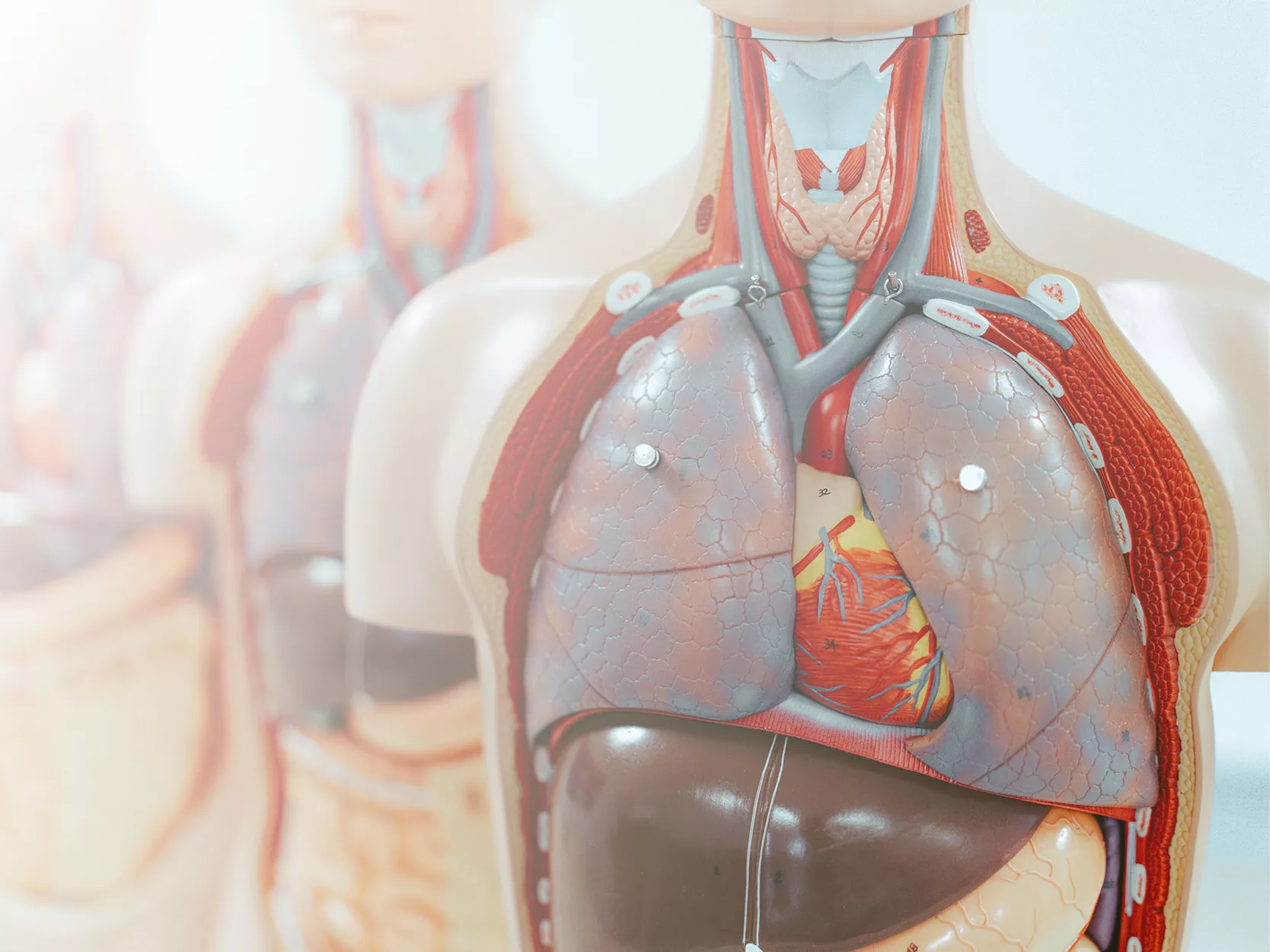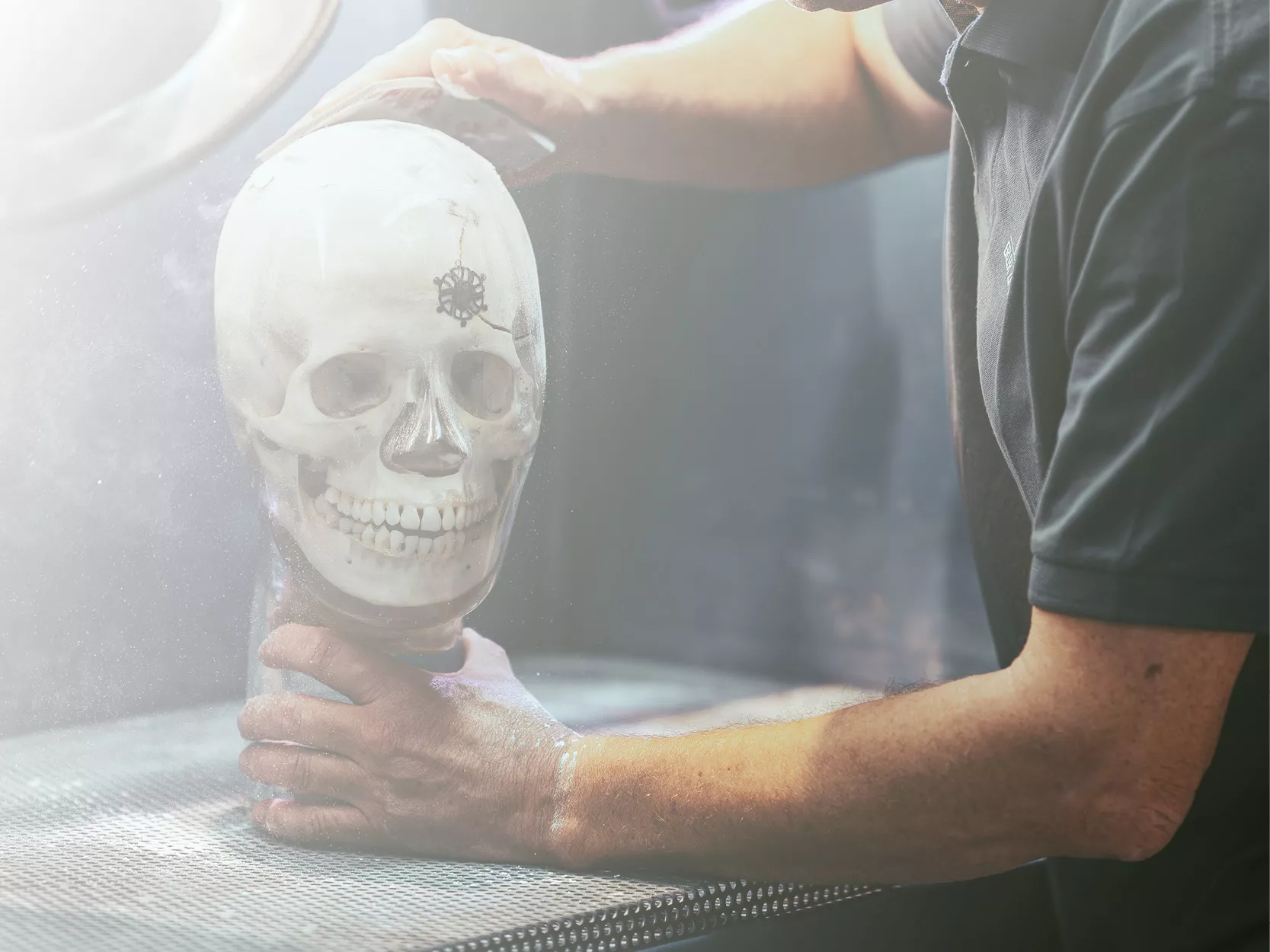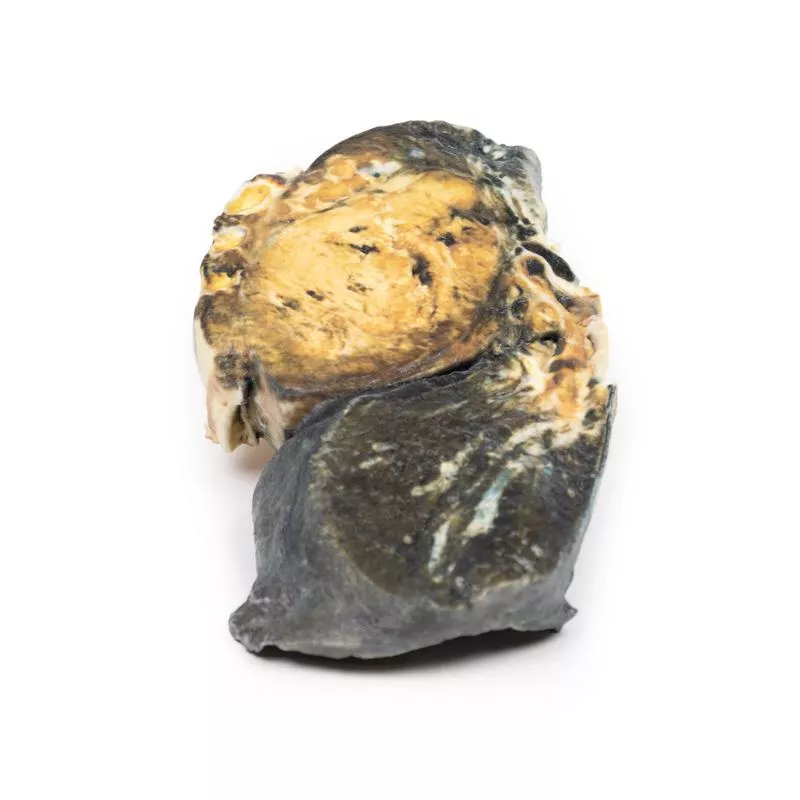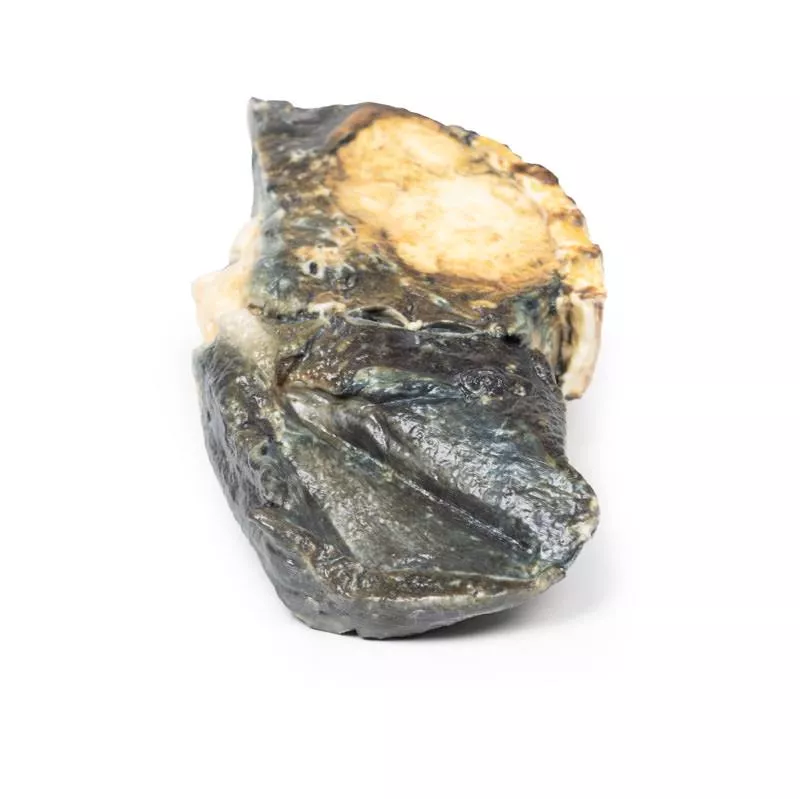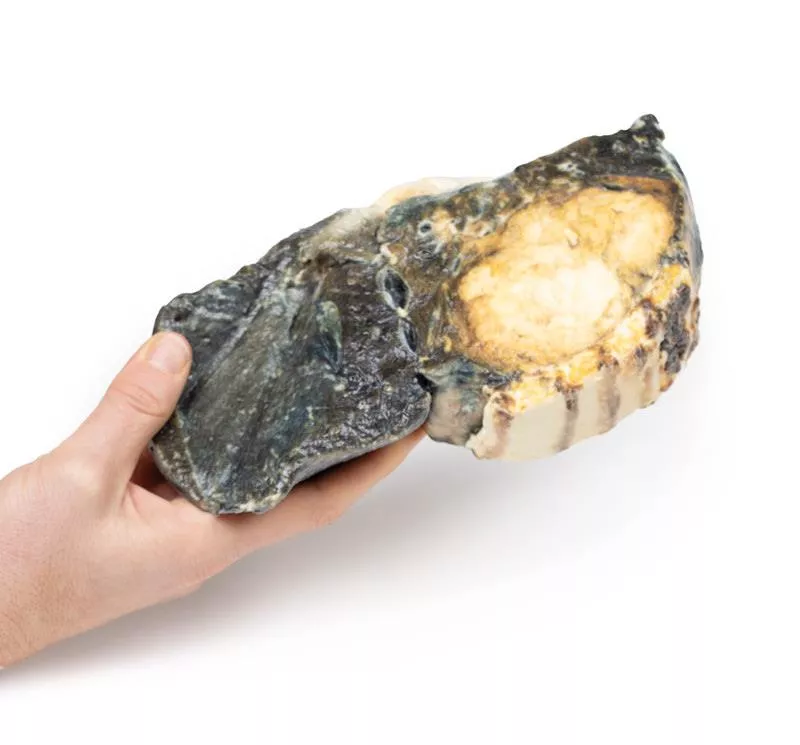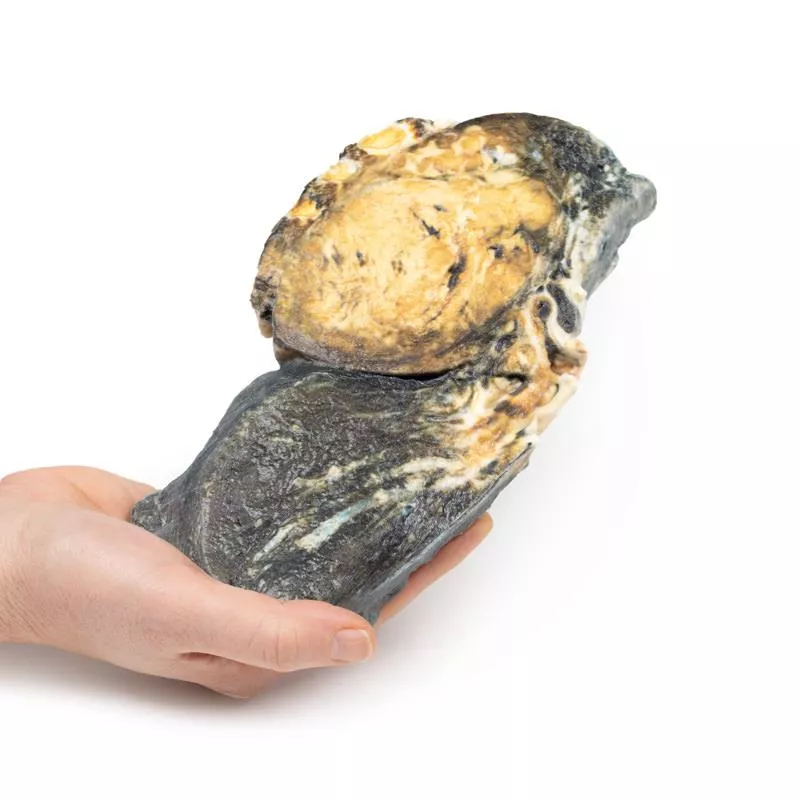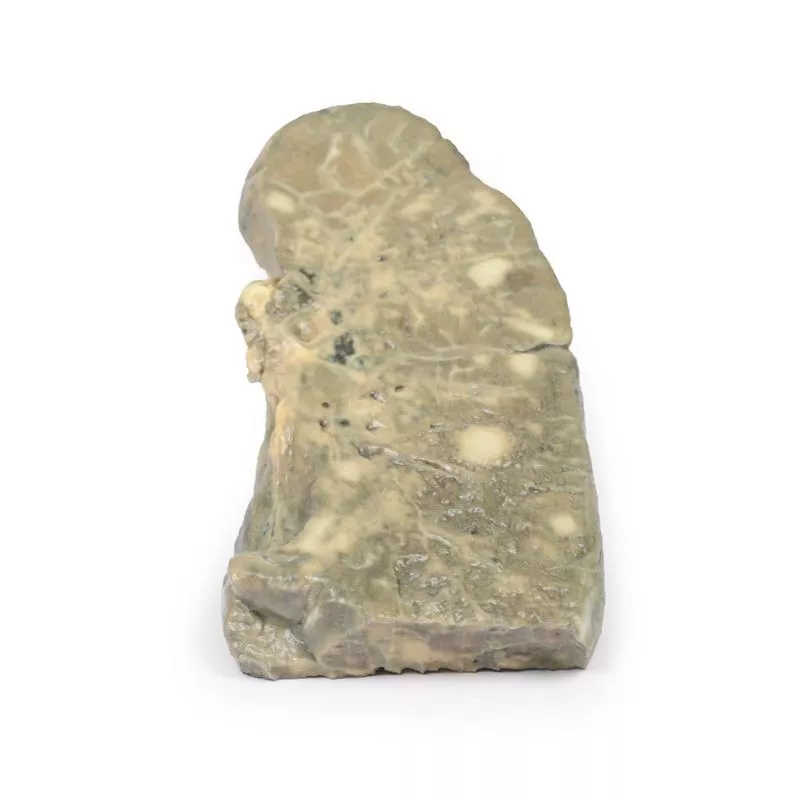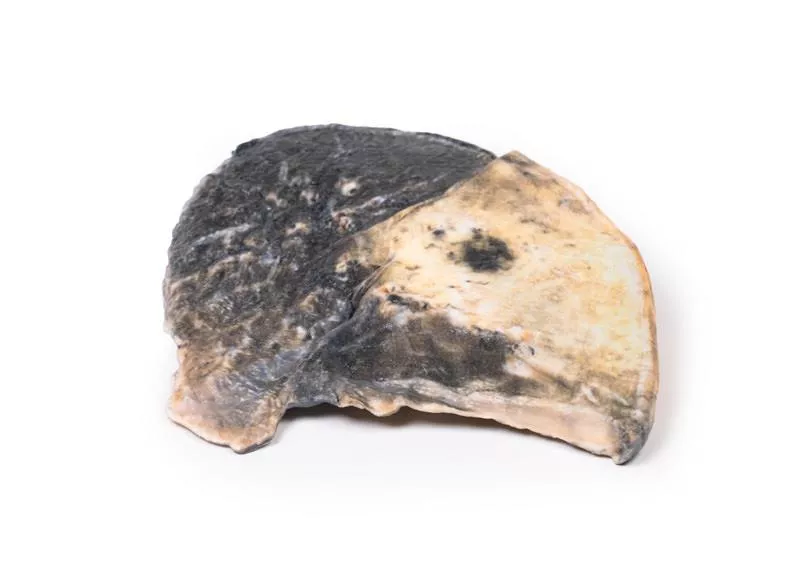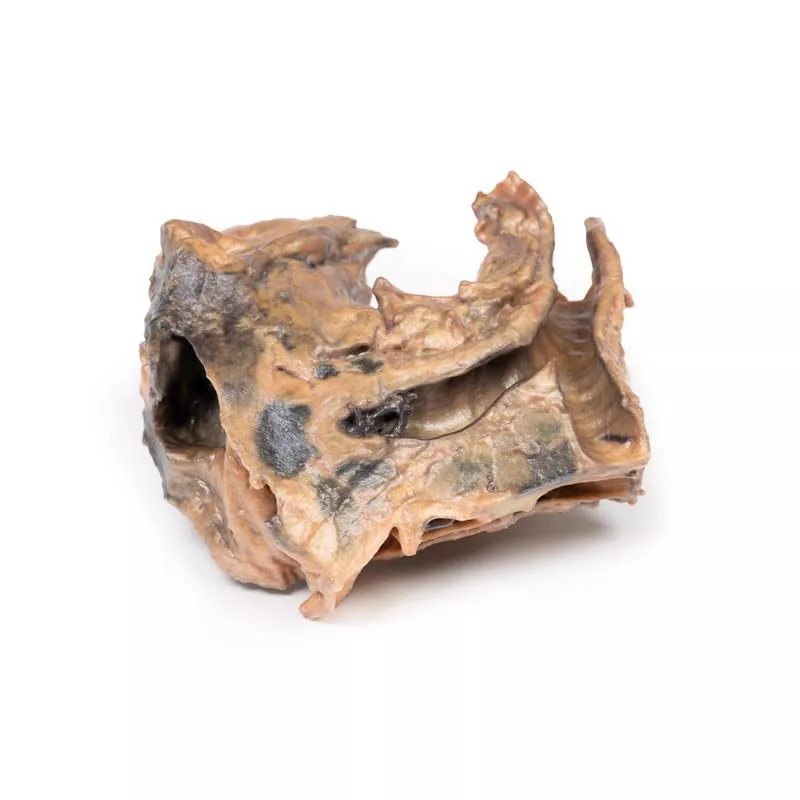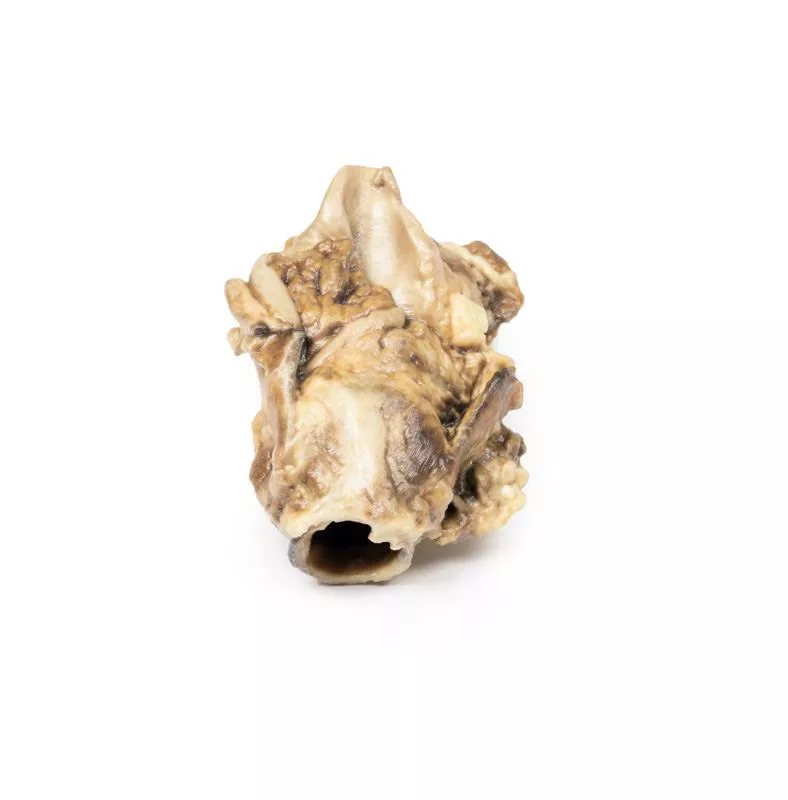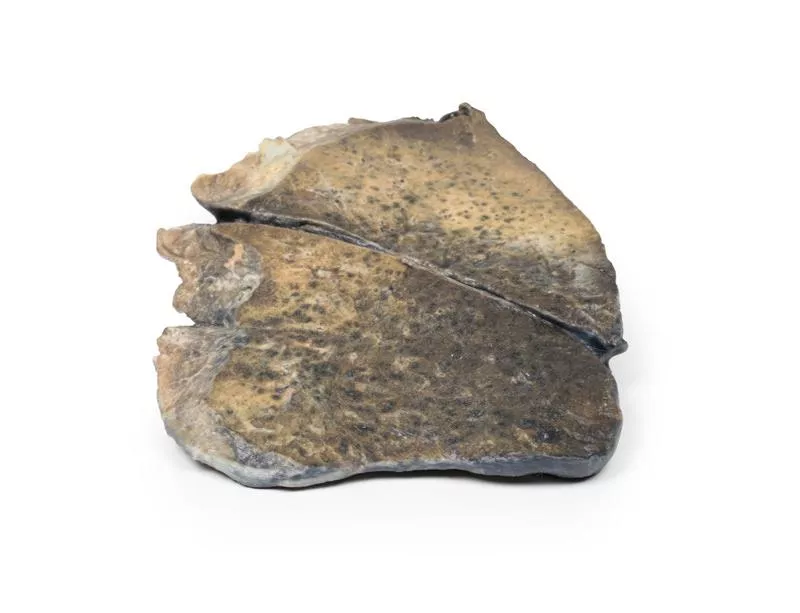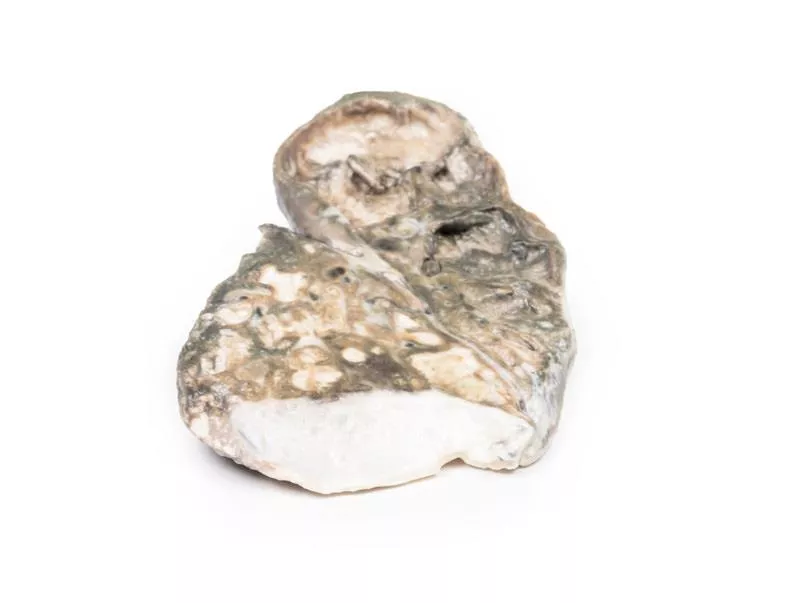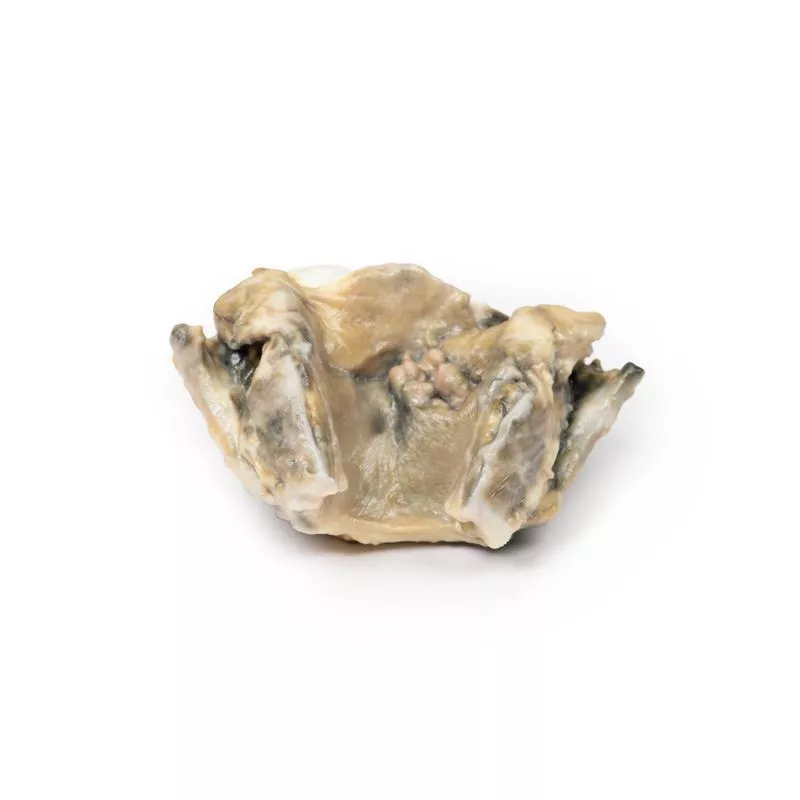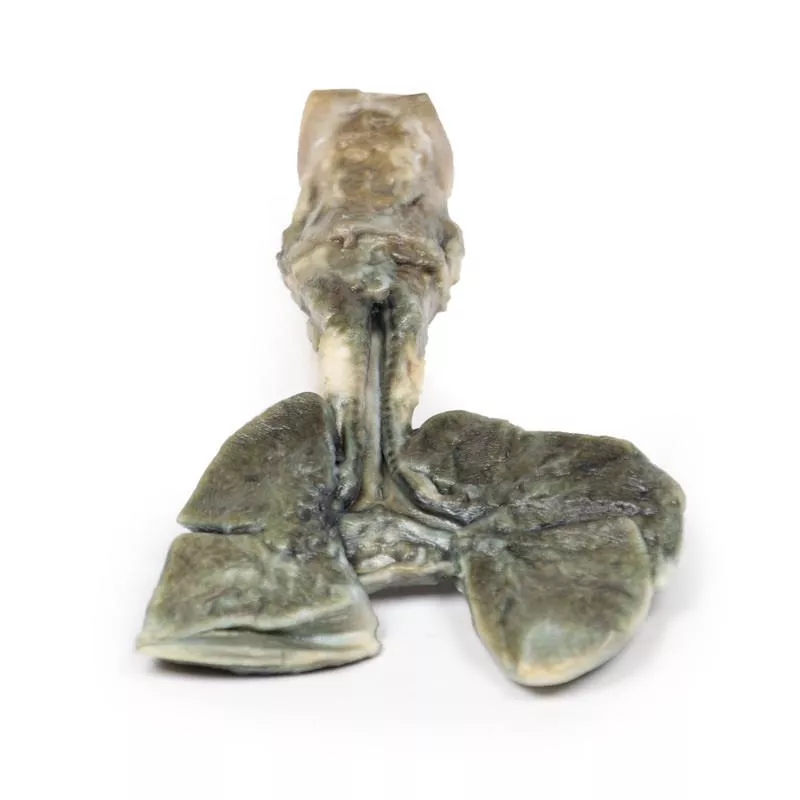Product information "Metastatic Tumour in Lung from Primary Testicular Cancer"
Clinical History
A 37-year-old male presented with lethargy, cough, and weight loss over 1 month. He had an orchiectomy 18 months earlier for a testicular tumour and received neck radiotherapy for metastasis 12 months later. He became acutely dyspnoeic and hypoxic on admission and died.
Pathology
The right lung specimen shows multiple tumour nodules (5–30mm), some extending along bronchi and pleural surfaces. The nodules have mixed pale yellow and dark brown areas with necrosis and hemorrhage, typical of pulmonary metastases from a mixed germ cell testicular tumour, likely choriocarcinoma in a malignant teratoma.
Further Information
Germ cell testicular tumours (GCT) are the most common tumours in men, mainly diagnosed around age 30. Risk factors include cryptorchidism and family history. GCTs are seminomatous or non-seminomatous; over one-third are mixed types combining seminoma, teratoma, embryonal carcinoma, yolk sac tumour, and choriocarcinoma. Choriocarcinoma produces elevated AFP and beta-hCG. Metastases first spread to retroperitoneal lymph nodes and later to mediastinal, supraclavicular nodes, lungs, liver, brain, and bones. Symptoms include painless testicular mass, haematospermia, cough, dyspnoea, and haemoptysis. Treatment usually involves orchiectomy, chemotherapy, and sometimes radiotherapy, with >95% cure rate in early stages.
A 37-year-old male presented with lethargy, cough, and weight loss over 1 month. He had an orchiectomy 18 months earlier for a testicular tumour and received neck radiotherapy for metastasis 12 months later. He became acutely dyspnoeic and hypoxic on admission and died.
Pathology
The right lung specimen shows multiple tumour nodules (5–30mm), some extending along bronchi and pleural surfaces. The nodules have mixed pale yellow and dark brown areas with necrosis and hemorrhage, typical of pulmonary metastases from a mixed germ cell testicular tumour, likely choriocarcinoma in a malignant teratoma.
Further Information
Germ cell testicular tumours (GCT) are the most common tumours in men, mainly diagnosed around age 30. Risk factors include cryptorchidism and family history. GCTs are seminomatous or non-seminomatous; over one-third are mixed types combining seminoma, teratoma, embryonal carcinoma, yolk sac tumour, and choriocarcinoma. Choriocarcinoma produces elevated AFP and beta-hCG. Metastases first spread to retroperitoneal lymph nodes and later to mediastinal, supraclavicular nodes, lungs, liver, brain, and bones. Symptoms include painless testicular mass, haematospermia, cough, dyspnoea, and haemoptysis. Treatment usually involves orchiectomy, chemotherapy, and sometimes radiotherapy, with >95% cure rate in early stages.
Erler-Zimmer
Erler-Zimmer GmbH & Co.KG
Hauptstrasse 27
77886 Lauf
Germany
info@erler-zimmer.de
Achtung! Medizinisches Ausbildungsmaterial, kein Spielzeug. Nicht geeignet für Personen unter 14 Jahren.
Attention! Medical training material, not a toy. Not suitable for persons under 14 years of age.





